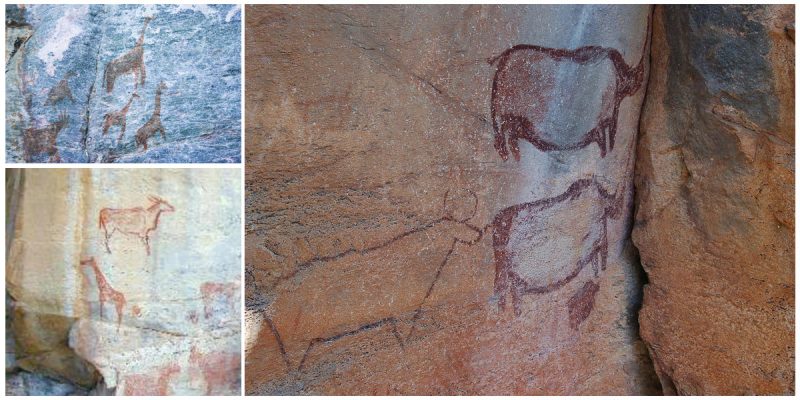The Tsodilo Hills are located in the Ngamiland District in Botswana, Africa. The hills are a UNESCO World Heritage Site because of their unique rock art of over 4, 500 paintings which have been recorded so far.
Settlers lived in this place with immense natural beauty for over many millennia. Tsodilo has few chief hills which are the Female Hill, the Child Hill, and the Male Hill and they have a great spiritual and cultural significance to the Kalahari’s San People.
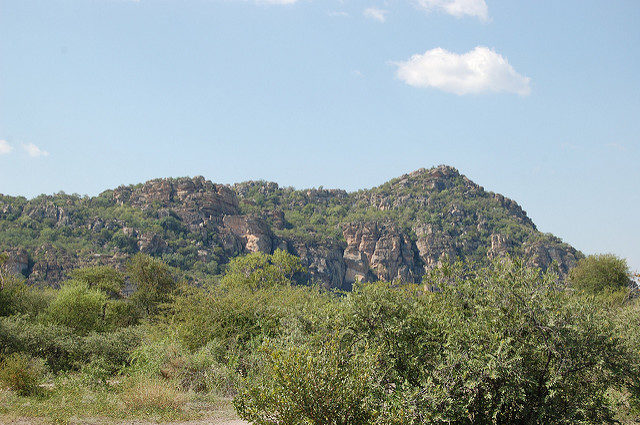
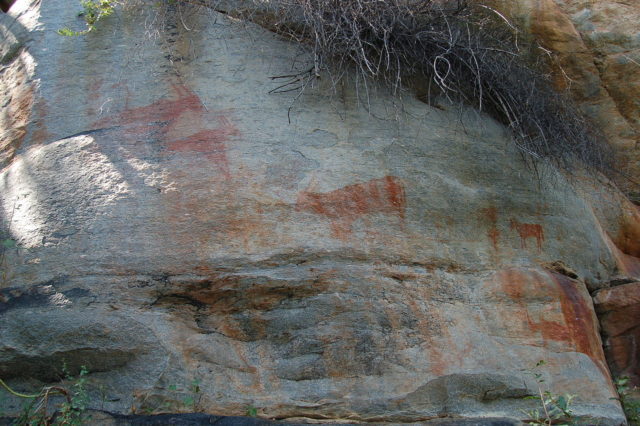
Some of the paintings were made by the San People, also known as Basarwa or Bushmen, but it is believed that most of them were made by the Khoi people and the Hambakursh, Bantu immigrants who arrived on the site 1, 800 years ago. According to UNESCO, some of the paintings are 24, 000 years old. They are almost 7, 000 years older than the Lascaux paintings in France.
One of the best-known caves is the Rhino Cave which is located in the Female Hill and has two main walls with paintings.
On the north wall, there is the famous rhino painting from which the cave got its name. In the cave, many bone artifacts, pottery, iron, and ostrich egg shells were found, and the most interesting are the few mongongo shell fragments which were found in the layers of the cave from the Later Stone Age.
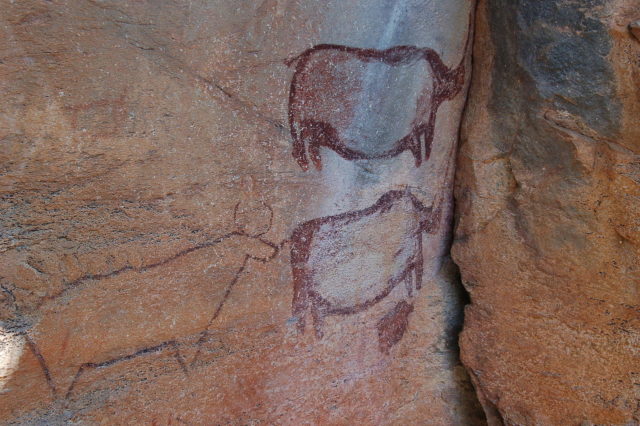
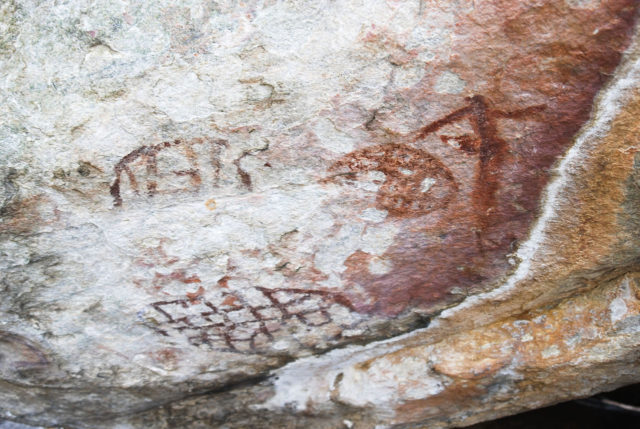
The paintings of this cave have been painted in red and orange colors, and the rhino is painted in white. Close to the Rhino, there is a giraffe and various geometrical paintings colored in red. The white paintings are associated with the Hambakursh immigrants, and they can be seen on the Male Hill.
They depict animal forms and human figures. Most of the human figures were painted with their hands on their hips. There are also paintings in red, but they are made around the hill. The Tsodilo Hills are made from several archaeological sites and in the Divuyu and Nqoma sites were found artifacts from the Early Iron Age.
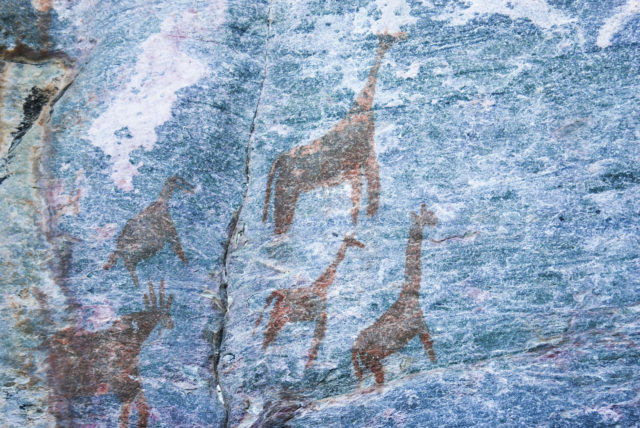
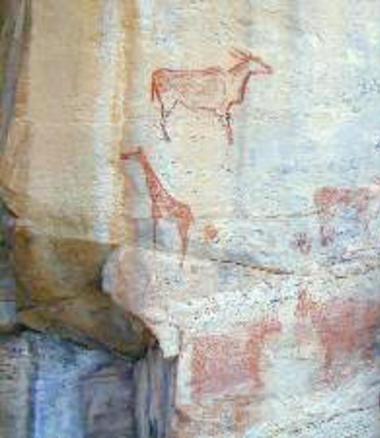
During the excavation of these sites, many fragments of metal tools and jewelry were found, such as rings, pendants, earrings, blades, arrow heads, and projectiles. These two sites have been iron smelting areas which make them one of the few sites with evidence of metal working from the Early Iron Age in Africa.
There are many stories about these settlers and their traditions and rituals. The San people still believe that these hills are the birthplaces of all life because of the art of their ancestors. Declared as a national monument, today, the Tsodilo Hills contain a small museum complex and there are various designated campsites.
